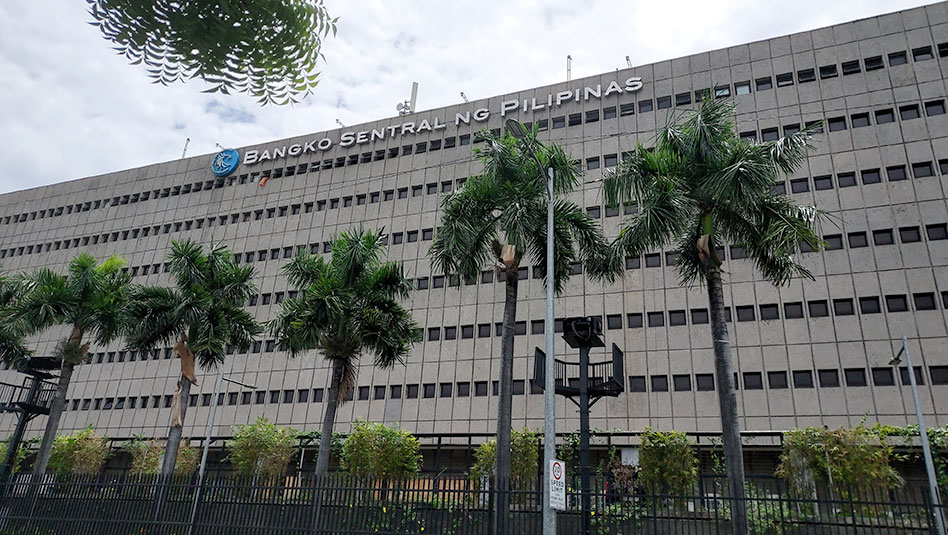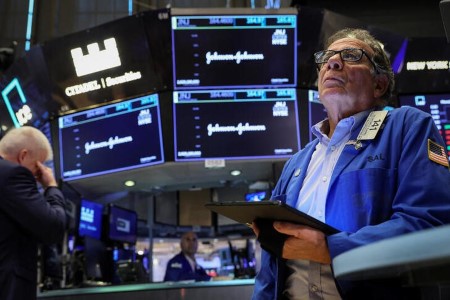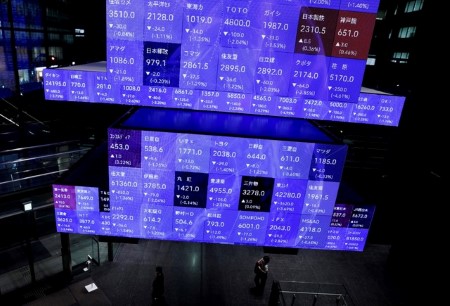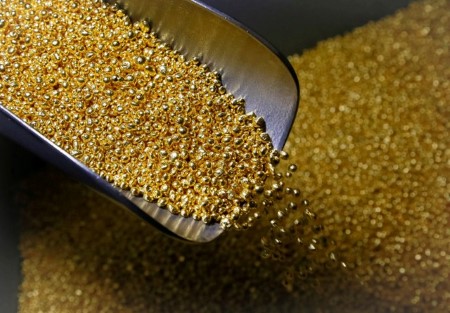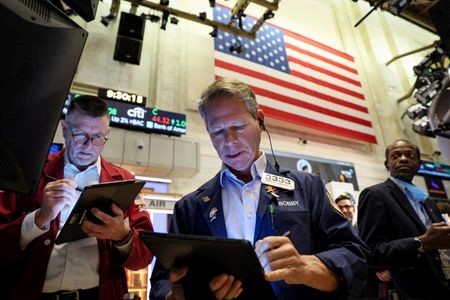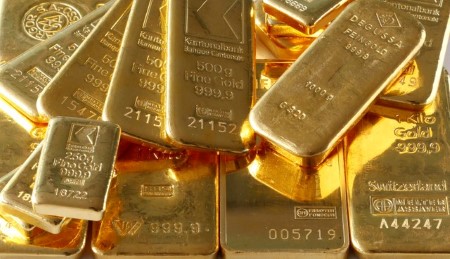Nov 8 (Reuters) – Oil prices fell more than USD 2 on Tuesday in choppy trading on growing worries about fuel demand as COVID-19 outbreaks worsened in top crude importer China, and jitters about the outcome of US midterm elections.
Brent futures for January delivery fell USD 2.56 to USD 95.36 a barrel, a 2.6% loss. US crude fell USD 2.88, or 3.14%, to USD 88.91 per barrel.
“The market is entering today with a certain degree of skepticism surrounding the election… It’s a wait to see what the result is type of a situation here,” said Bob Yawger, director of energy futures at Mizuho in New York.
US stocks also gyrated as market participants bided their time waiting to see whether Capitol Hill is in for a power shift, with Republican gains expected in the midterm elections.
On Monday, both benchmarks hit their highest since August on reports that leaders in China were weighing an exit from the country’s strict COVID-19 restrictions.
But new cases have surged in Guangzhou and other Chinese cities, dimming prospects for fewer restrictions.
“Rising COVID cases in China is on most traders’ radars this morning, as the “on again/off again” news of lockdowns continues,” said Dennis Kissler, senior vice president of trading at BOK Financial.
Gasoline and diesel supplies remain uncomfortably low, he added, limiting the downside for crude prices as most of the United States braces for major cold weather.
US inventories of distillate fuels finished October at their lowest levels for any October since 1951, according to the US Energy Information Administration.
The ICE exchange, home to the Brent benchmark, has increased the initial margin rates for front-month Brent crude futures by 4.92%, making maintaining a futures position more expensive from the close of business on Tuesday.
Market participants, worried high inflation and rising interest rates could spark a global recession, will also watch US consumer price data on Thursday.
The EIA on Tuesday cut its US energy demand outlook for 2023 and forecast US production for next year would be 21% lower than it previously expected.
Oil producer Diamondback Energy also warned that the US shale industry will continue to struggle to expand production at its current pace, with costs of new shale wells likely rising.
US crude stocks rose by about 5.6 million barrels for the week ended Nov. 4, according to market sources citing American Petroleum Institute figures, much higher than the expected 1.1 million barrel rise.
The Energy Information Administration will release its own data at 10:30 a.m. EST (1530 GMT) on Wednesday.
The European Union ban on Russian oil, imposed in retaliation for Russia’s invasion of Ukraine, is set to start on Dec. 5 and will be followed by a halt on oil product imports in February. Moscow calls its actions in Ukraine “a special operation.”
(Reporting by Shadia Nasralla; Additional reporting by Isabel Kua; Editing by David Gregorio, Andrea Ricci and Lincoln Feast)







 DOWNLOAD
DOWNLOAD

